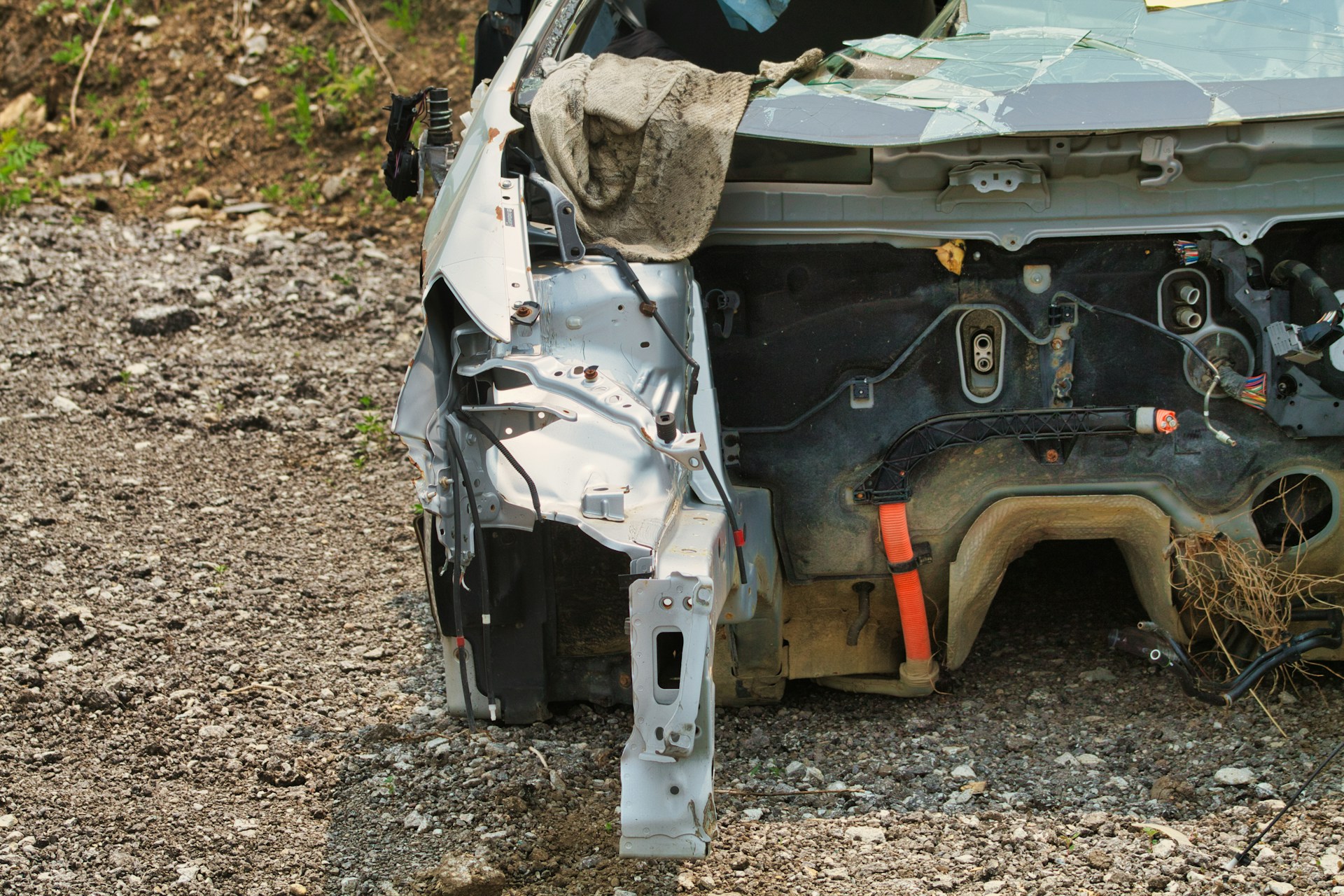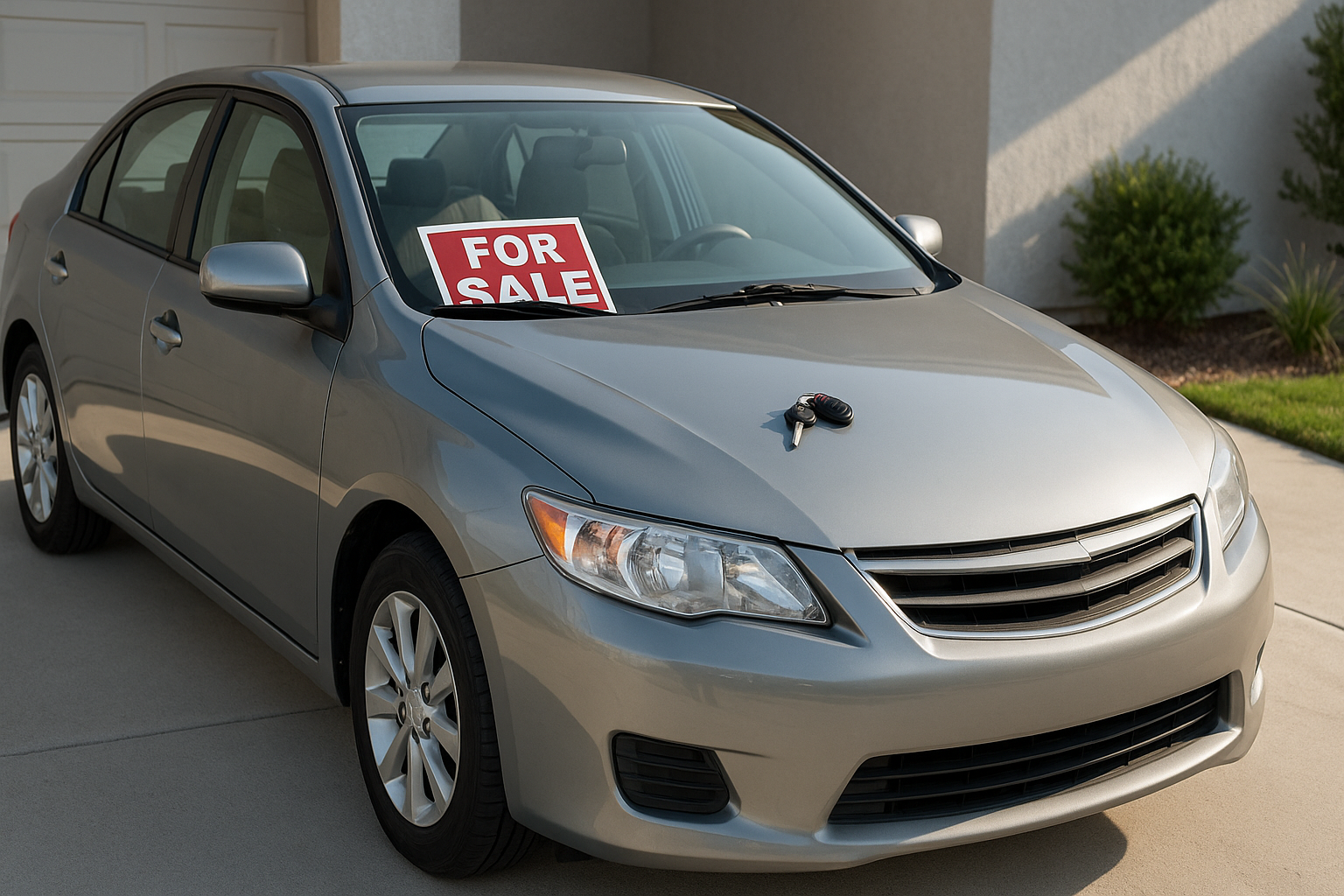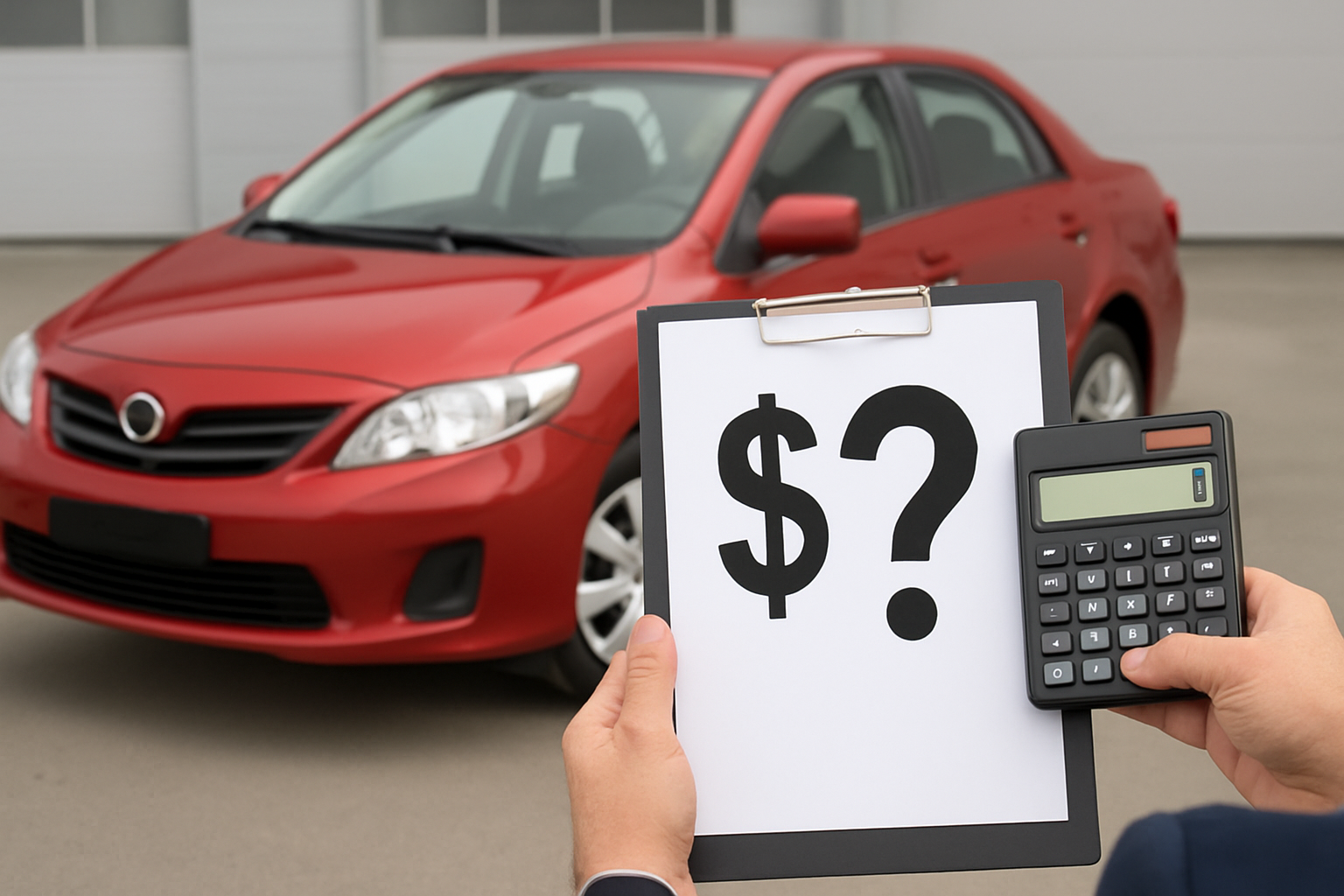Diminished vehicle value is often overlooked after an accident. It refers to the value a car loses after being involved in an accident, even after repairs. This guide by Epicar explores what diminished value means, its types, and how you can claim it.
Definition of Diminished Value
Diminished value is the reduction in a car's market value post-accident. Car owners must understand this concept. Even after repairs, a car's value decreases. This is because of the car's existing accident history. When a car undergoes severe structural damage, this can lead to significant concerns over its long-term durability and safety, factors that critically influence the market value. Despite being properly repaired, the lingering doubt about a vehicle's past vehicle damage can deter potential buyers, further reducing the value of your car. This issue becomes even more pronounced in cases involving multiple vehicles, where the extent of damage might be extensive or complex. The inherent challenge in fully restoring a car's integrity and the skepticism of prospective buyers contribute to the diminished value, emphasizing the importance of understanding this consequence after a car accident.
Types Of Diminished Value

Understanding the different types of diminished value is essential for vehicle owners looking to file a claim.
- Inherent Diminished Value reflects the loss in value from the mere fact an accident occurred. Even if the car is expertly repaired, its history will always reduce its marketability.
- Repair Related Diminished Value is the value lost due to the quality of repairs. This includes anything from mismatched paint to the use of non-original parts.
- Immediate Diminished Value is the difference in resale value immediately before and after an accident, considering the vehicle will be repaired to its original state.
Inherent Diminished Value
Inherent diminished value is crucial in a claim after a car accident. It's recognized by car insurance companies as a valid loss. This type of claim compensates you for just the accident's occurrence. The inherent diminished value claim addresses how the accident taints your car's reputation. Buyers often hesitate to purchase cars involved in accidents, fearing hidden issues. Thus, even when perfectly repaired, these vehicles fetch lower prices on the market. The inherent diminished value captures this economic reality. It quantifies the loss stemming directly from the accident's fact, regardless of the repair quality. This claim is foundational in ensuring owners are compensated for their vehicle's diminished allure.
Repair Related Diminished Value

Repair related diminished value targets losses from low quality repairs after an accident. This reduction directly impacts the car's value, making the claim worth significant. Low quality repairs often use parts not from the original equipment manufacturer (OEM), which can compromise a vehicle's functionality and safety. Such discrepancies from OEM standards can severely affect the car's market appeal and, subsequently, its resale value. This form of diminished value is critical for owners to understand and address when filing a claim. Ensuring repairs are up to par with the car's original standards is vital in preserving as much of the car's value as possible and justifying the claim's worth.
Immediate Diminished Value
Immediate diminished value assesses the impact on a vehicle's sales value right after being involved in an accident. It represents the immediate, often steep, drop in price before any repairs. This form of diminished value is especially pertinent when the car suffers moderate damage. Such incidents result in a base loss of value that can significantly deter potential buyers, regardless of the repair quality or extent. Capturing this initial depreciation is crucial for owners seeking compensation. It quantifies the immediate financial impact of the accident on the vehicle's marketability and sales potential, providing a clear baseline for claims related to accidents.
Who Can File a Diminished Value Claim?

Not everyone can file a claim. You're eligible if the accident was not your fault. You must understand your insurance policy and state laws. The claim must be made promptly to mitigate the financial loss associated with the vehicle's loss in value. For owners of a repaired car, recognizing that the car may never return to its pre-accident market price is crucial. Particularly if the vehicle lost significant value due to an accident caused by an uninsured driver, the path to compensation can be arduous but not impossible. Filing a claim swiftly ensures you do not forfeit your right to recover the maximum amount possible. This process not only helps in recouping a portion of the financial loss but also serves as a critical step in acknowledging the reduced value of a properly repaired vehicle. Understanding the intricacies of your insurance policy and the relevant state laws becomes paramount in successfully navigating a diminished value claim.
How To File A Diminished Value Claim

To file, start by gathering evidence of the car's diminished value. Obtain a professional appraisal. Then, present your findings to the insurance company. Diminished value claims hinge on proving the at fault driver's responsibility. Most insurance companies require detailed documentation of structural damage to process your claim. Familiarize yourself with the insurance company's process to ensure you follow each step correctly. Highlight the lost value to argue the decreased value of your vehicle effectively. This involves demonstrating how the incident has led to a tangible reduction in your car's market price. Providing thorough evidence and a compelling argument helps in negotiating a fair settlement. Your goal is to recuperate as much of the lost value as possible, making understanding the nuances of the claims process crucial.
How To Calculate Diminished Value
Calculating diminished value involves formulas. These consider the car's pre-accident value, damage severity, and mileage. The mileage multiplier is often used in these calculations. The damage multiplier adjusts for the extent of the harm, especially if major damage occurred. Assessing the final diminished value requires a detailed comparison of the car's pre-accident condition. Vehicles with low mileage often see a higher adjustment, as their baseline value is greater. Understanding how much value your car has lost involves scrutinizing these factors closely. Mileage multipliers are pivotal, reflecting how the vehicle's use impacts its overall depreciation. By applying these elements, you can approximate the financial impact and determine the reduced worth of your vehicle post-repair. This calculation is crucial for owners seeking compensation for their losses, ensuring they receive a fair assessment of the vehicle's diminished value.
To get a more precise figure for diminished value, many people ask experts who know how to use special formulas and have a deep understanding of cars and their prices. These experts look closely at how much the car was used, and how badly it was damaged, and also check how much similar cars are worth before and after an accident. They consider everything about the car, like its special features, condition, and how much people want to buy such cars in the area. This detailed check helps figure out the real drop in the car's price after it has been fixed. Knowing this exact number helps car owners explain their situation better to the insurance company, which can help them get a fair amount of money for their loss.
Negotiating a Diminished Value Claim
Negotiating with insurance companies can be challenging. Arm yourself with thorough documentation. Seek a professional appraiser's opinion to bolster your case. Understanding the insurance company's requirements is crucial. This ensures your claim aligns with their policies. Present the estimated value of your loss. This helps establish the claim's worth. Often, negotiations can extend to court systems. Here, the claim's strength is tested against legal standards. Be prepared with a number ranging to justify the value of your car. This range supports your argument for what the insurance company should pay. Successful negotiation hinges on proving your claim's validity and the insurance company's responsibility to compensate for your loss. Your documentation, including the appraiser's report, becomes key in these discussions, demonstrating the tangible impact on your car's value after an accident.
Once you're ready to negotiate, communicate your expectations clearly and be open to discussions. It's not uncommon for insurance companies to initially offer a lower amount than you might expect. Stay patient and use the detailed appraisal report to highlight the true loss in value your vehicle has suffered. Remember, the goal is to reach a fair settlement that compensates for your car's diminished value accurately. Sometimes, this process requires several rounds of negotiation. Keep your discussions professional and focused on the facts presented in your documentation. If the insurance company sees that you have a well-substantiated claim backed by solid evidence and a clear understanding of your rights, they may be more inclined to offer a settlement that closely matches your valuation. This approach can make a significant difference in the outcome of your claim, ensuring you are compensated appropriately for the diminished value of your vehicle.
Summary
Understanding diminished value is key after an accident. This knowledge ensures you're compensated fairly for your car's loss in value. Filing a claim with your car insurance company can help recover some of the lost worth. However, how value insurance companies perceive diminished value claims varies. They might offer an adjusted value based on their assessment criteria. It's crucial to know the value of your vehicle before and after an accident. Familiarize yourself with the types of diminished value to argue your case effectively. This understanding can significantly impact the final compensation, aligning it closer to your car's market value before the incident. With the right approach and documentation, navigating through the complexities of diminished value claims becomes more manageable, ensuring that you receive a fair assessment and compensation for your vehicle's loss in value.
Tips and Q&A
-
What Is the Difference Between Depreciation and Diminished Value?
Depreciation is the natural loss of a vehicle's value over time due to wear and tear, while diminished value specifically results from the impact of an accident on the vehicle's market value.
-
Does a Diminished Claim Affect the Value of a Car?
Yes, filing a diminished value claim seeks compensation for the loss in value that a car suffers after an accident, acknowledging the financial impact on the car's resale value.
-
Is It Worth Filing a Diminished Value Claim?
Absolutely. If your vehicle has suffered a loss in value due to an accident through no fault of your own, pursuing a diminished value claim can help recover the financial difference, ensuring you're not left bearing the cost of someone else's mistake.






